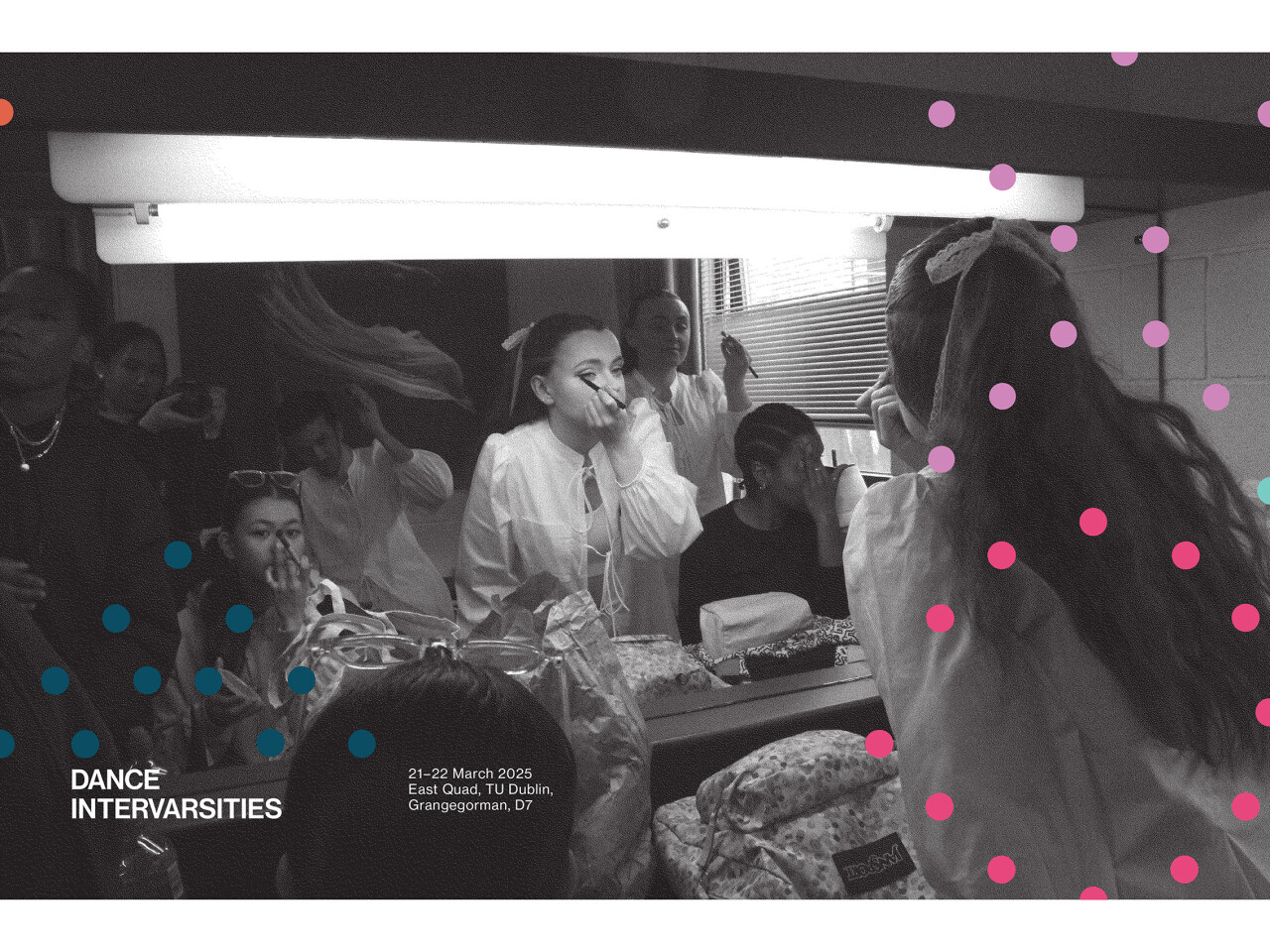
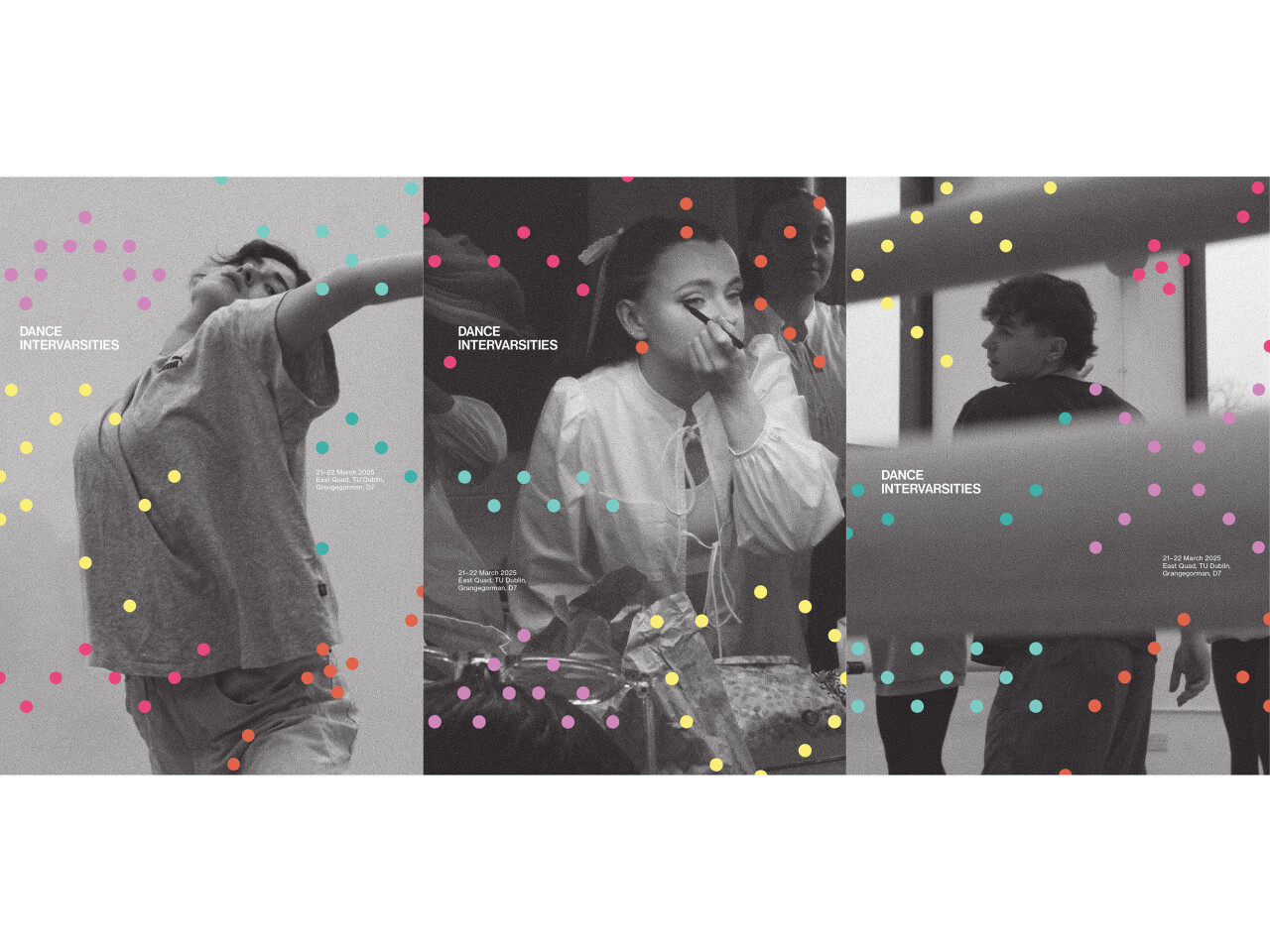

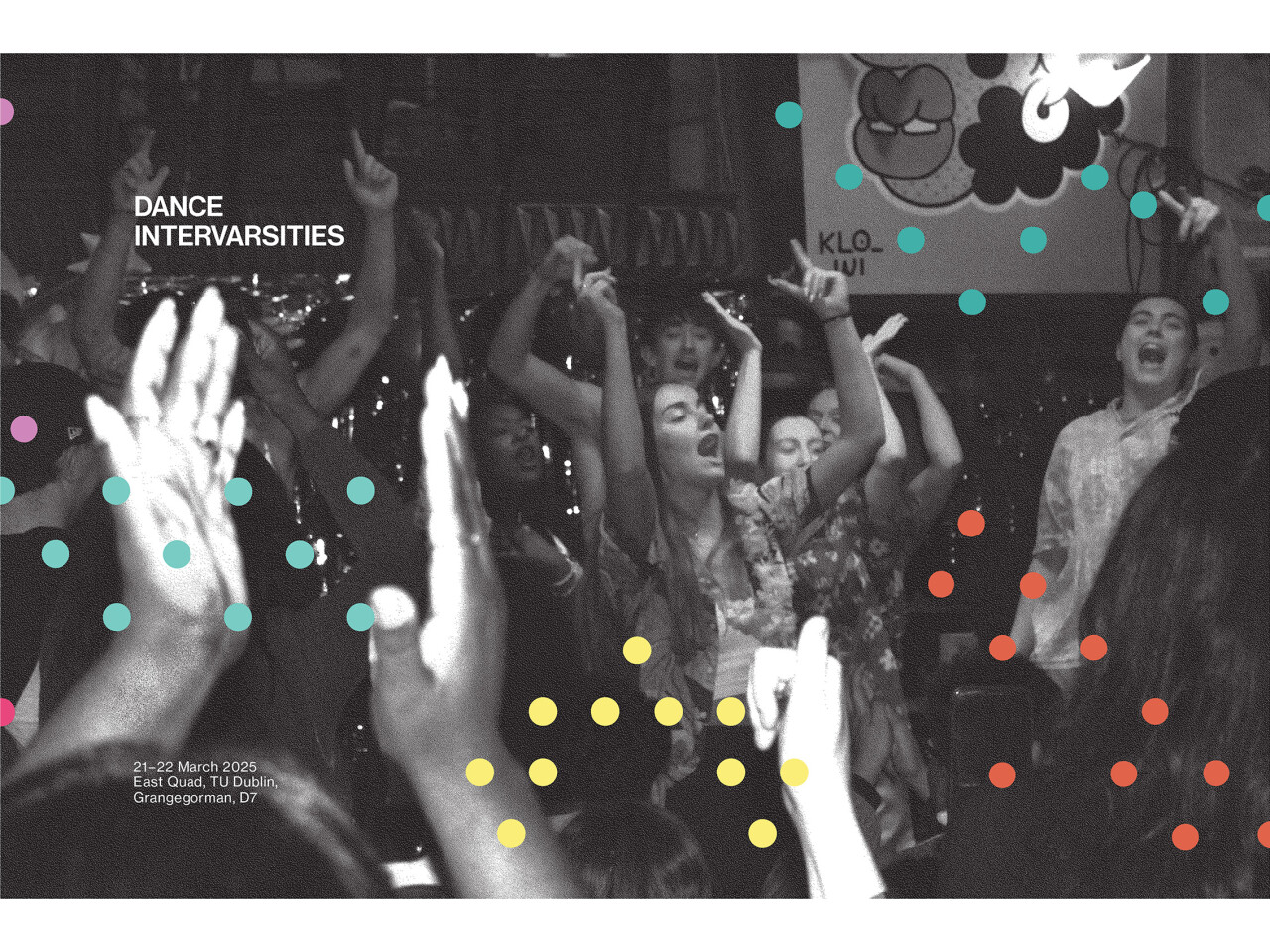
Alessandra Baldemor is a versatile designer based in Donegal and Dublin. Her adaptability extends to brand identity, user experience, motion, photography and editorial design. She believes in the potential of visual communication to drive positive societal change, consistently aiming to create solutions that inspire and innovate people. Guided by her approach of “connecting people with people,” Alessandra has left her mark through impactful collaborations with UNICEF, HSE, and the Irish Cancer Society.




The All-Ireland Dance Intervarsities event has been taking place all over the country for 20 years. Each year, one university’s societies office organises and hosts the event. The event runs throughout the day with competitions ranging from Irish, Dance, Jazz, Hip Hop, Contemporary and Mixed Piece. Next year, the TUD Societies Office will be hosting the 21st Dance Intervarsities and I will be designing the brand identity. The goal of this project is to create a vibrant and engaging brand identity that shows the essence of the event, resonate with the target audience and drive attendance growth. The brand comprises of dots placed in dance formations paired with document photography. Each dot representing one dancer. The notes embody precision, teamwork and discipline in dance performances. While the dots mean structure and precision, there is a juxtaposition as the photography captures raw emotion and authenticity of dance performances.
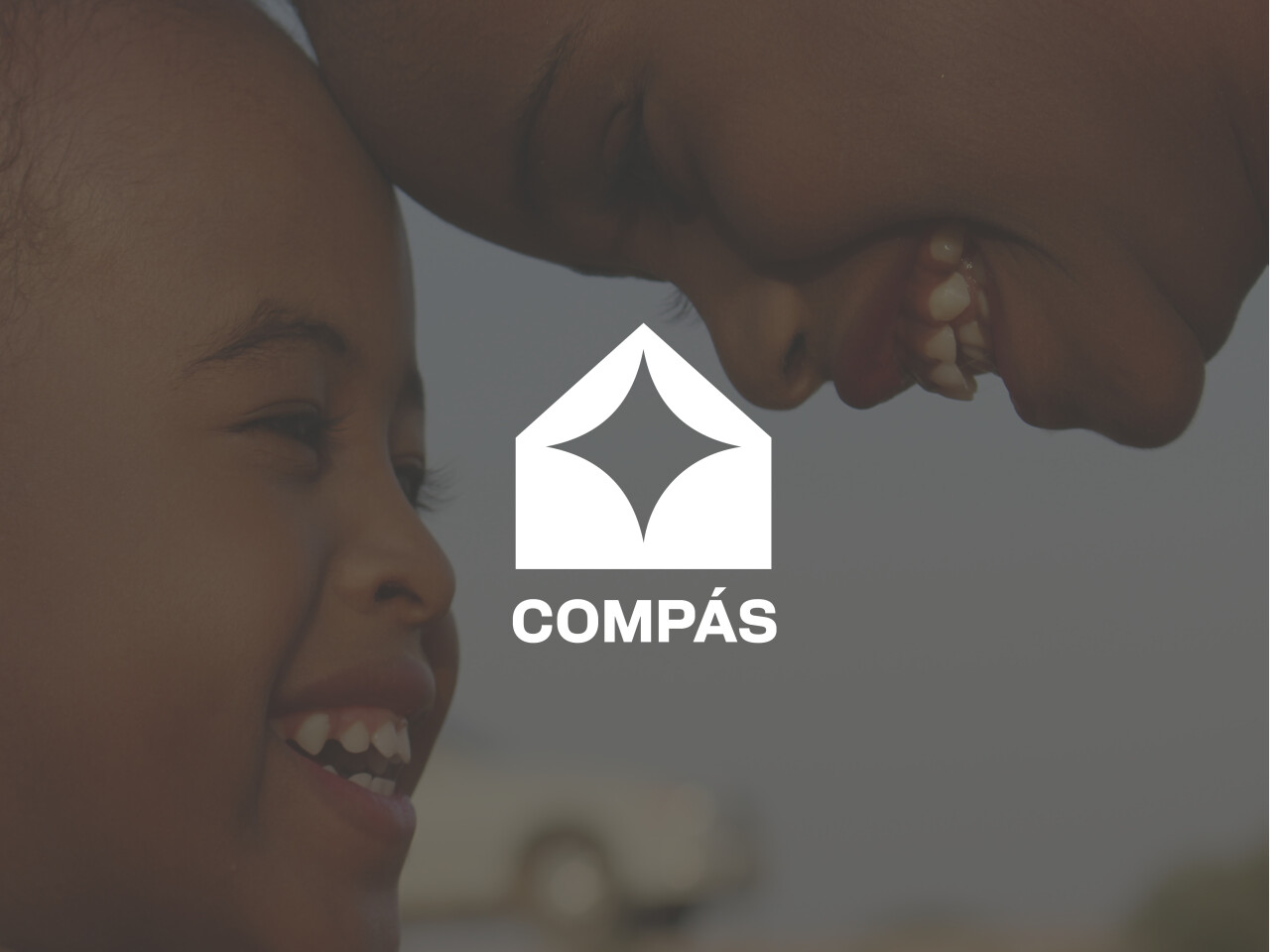




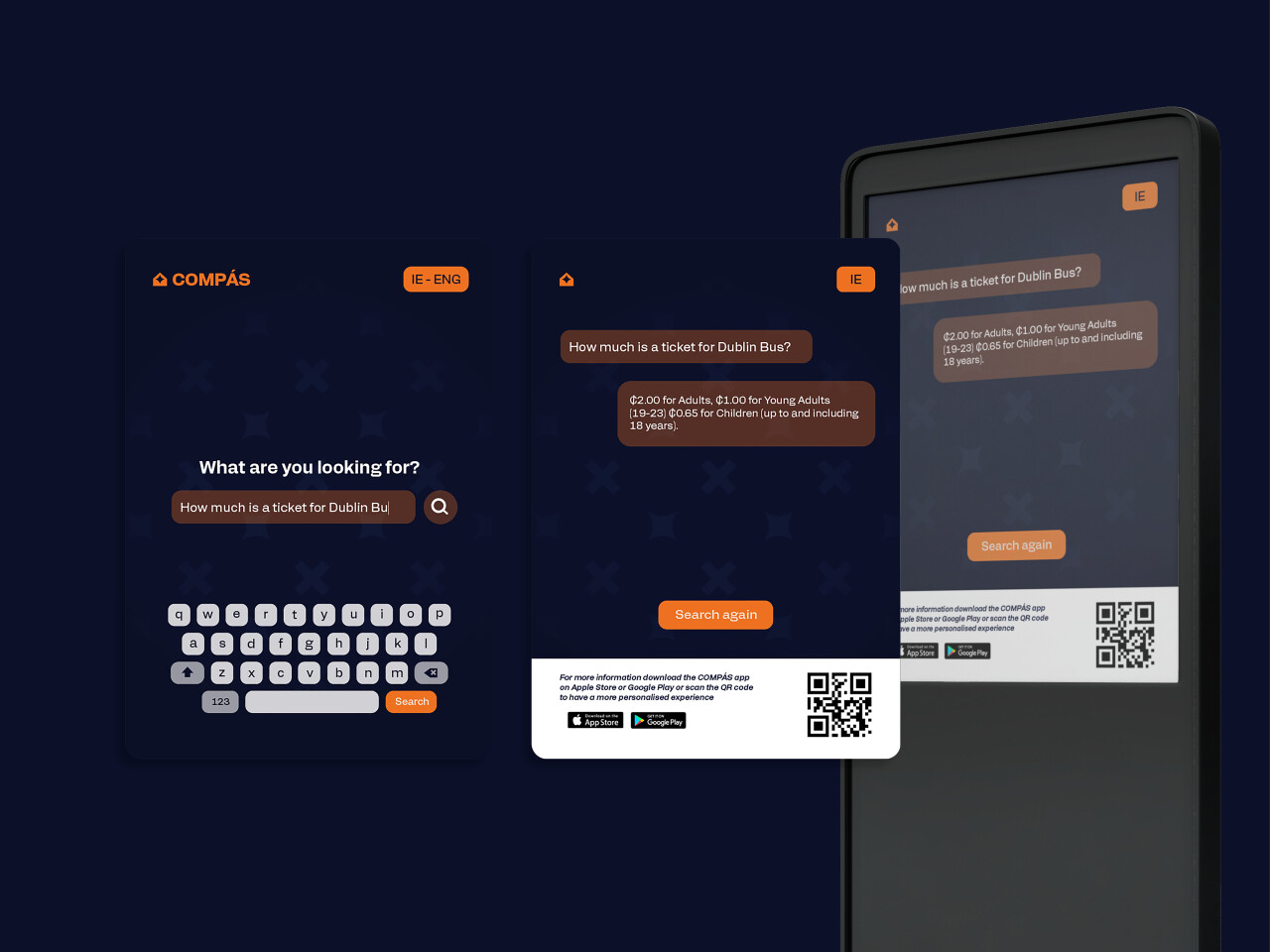
We are already witnessing the effects predicted by NASA scientists: parts of Europe engulfed in flames, flooding in Norway from torrential rain, and entire cities evacuating. Imagine facing hunger due to failed harvests or droughts, or being compelled to flee your homeland due to desertification, lack of clean water, or rising sea levels. This is the reality for millions of climate refugees living on the frontlines of the climate crisis. For them, climate change is not a future problem. As the global threat of climate change intensifies, The Institute for Economics and Peace estimates that there could be 1.2 billion climate refugees by 2050. This project is dedicated to addressing the challenges climate migrants encounter upon arriving in Ireland. How can AI be leveraged to support their needs, collaborating with both non-governmental and governmental organizations to ensure the availability of appropriate support and resources for them and for future migrants?"